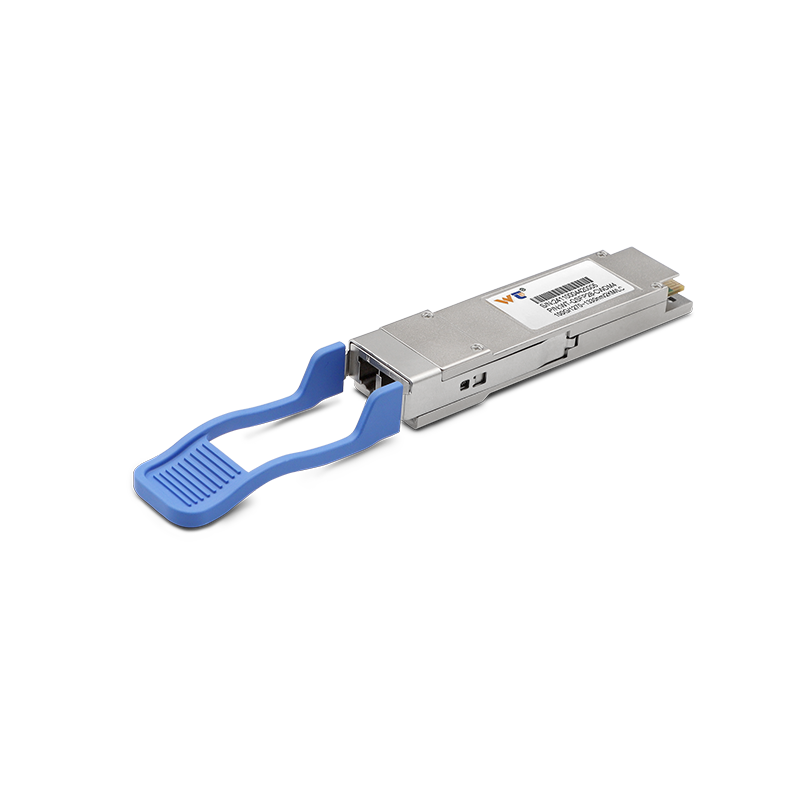Network topology is an essential aspect of networking that can significantly impact the performance and scalability of a network. In simple terms, network topology refers to the arrangement of different elements (nodes, links, etc.) within a network. Understanding the various types of topologies can guide decisions when setting up a network. Just imagine a highway system; if the design is efficient, traffic flows smoothly. Similarly, a well-structured network topology ensures data travels faster and more efficiently.
When we talk about technical backgrounds, there are several commonly established topologies. These include bus, star, ring, mesh, and hybrid topologies. Each topology has its unique advantages and disadvantages. For instance, a star topology is popular due to its simplicity and ease of troubleshooting, as all nodes are connected to a single central hub. Conversely, mesh topologies offer redundancy—if one connection fails, data can still find an alternative path to its destination. However, mesh networks can be complex and expensive to set up. Understanding these types helps network administrators choose what fits best with their specific requirements.
Now, let's delve into the working principles behind these topologies. Each topology operates based on unique methodologies for data transmission. In a bus topology, all devices share a single communication line. This means every packet of data is transmitted along the same channel, limiting speed and increasing the risk of data collisions. Alternatively, in a ring topology, each device connects to two others, forming a closed loop, and data travels in one direction, reducing the chance of collisions but creating vulnerabilities if a single node fails. Popular in enterprise environments, mesh topologies use point-to-point connections, enhancing resilience at the cost of increased complexity. Recognizing these principles enables better design decisions tailored to a network's requirements.
The application areas of network topology extend across various sectors, from small offices to massive data centers. For instance, star topologies are frequently employed in home networks due to their simplicity. Mesh topologies can be found in military applications or emergency services where reliability is paramount. Ring topologies, though less common today, are used in legacy systems where stability and predictability are required. Ultimately, selecting the right topology can prevent bottlenecks and ensure smooth operations for businesses in diverse fields.
Looking at development trends, we see continuous evolution in network topologies, especially with the advent of new technologies like Software-Defined Networking (SDN) and Cloud Computing. These innovations often lead to hybrid topologies that leverage the strengths of multiple types. Flexibility is becoming increasingly crucial; organizations want networks that can easily adapt to changing demands. Moreover, protocols and technologies such as Internet of Things (IoT) and 5G are driving the need for more scalable and efficient network designs. Staying informed about these trends allows IT professionals to make future-proof decisions.
Finally, adhering to technical standards is vital when choosing a network topology. Industry standards such as IEEE 802.3 for Ethernet, IEEE 802.11 for wireless networks, and various Telecommunication Industry Association (TIA) guidelines set benchmarks for performance and interoperability. These standards ensure that different devices and technologies can work together efficiently without conflicts. Incorporating compliant technologies not only facilitates easier expansion in the future but also prevents costly reconfiguration and downtime, ensuring that a network can grow along with the organization’s needs.
In summary, network topology significantly influences decision-making when setting up networks. By understanding the types, working principles, applications, trends, and necessary standards, network administrators can create more robust, scalable, and efficient systems. So, next time you set up a network, consider how topology can shape your network’s future.






